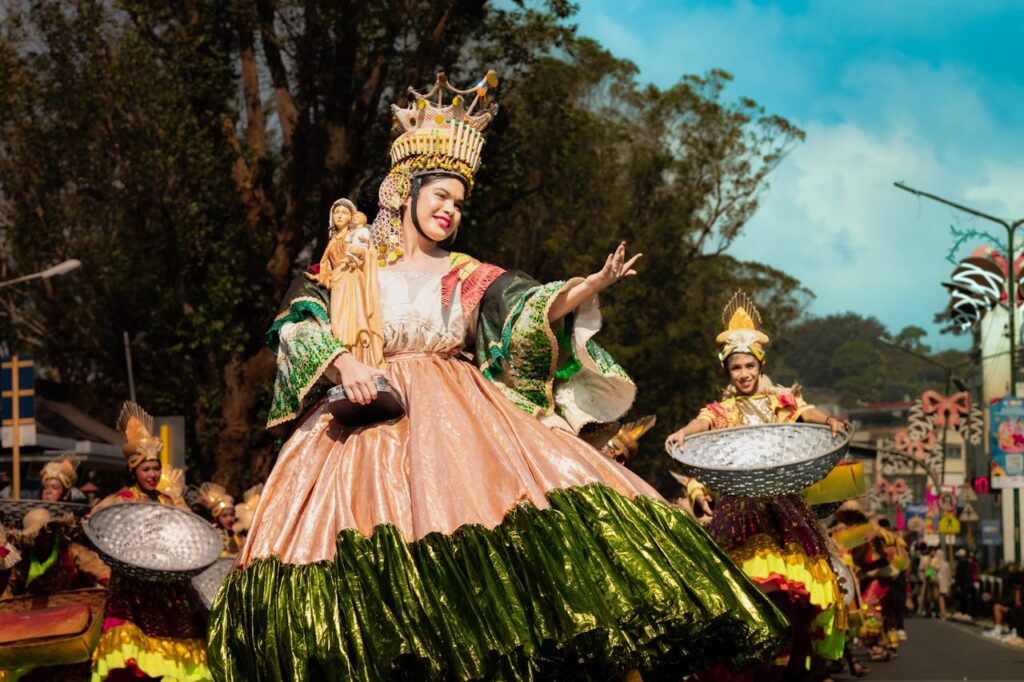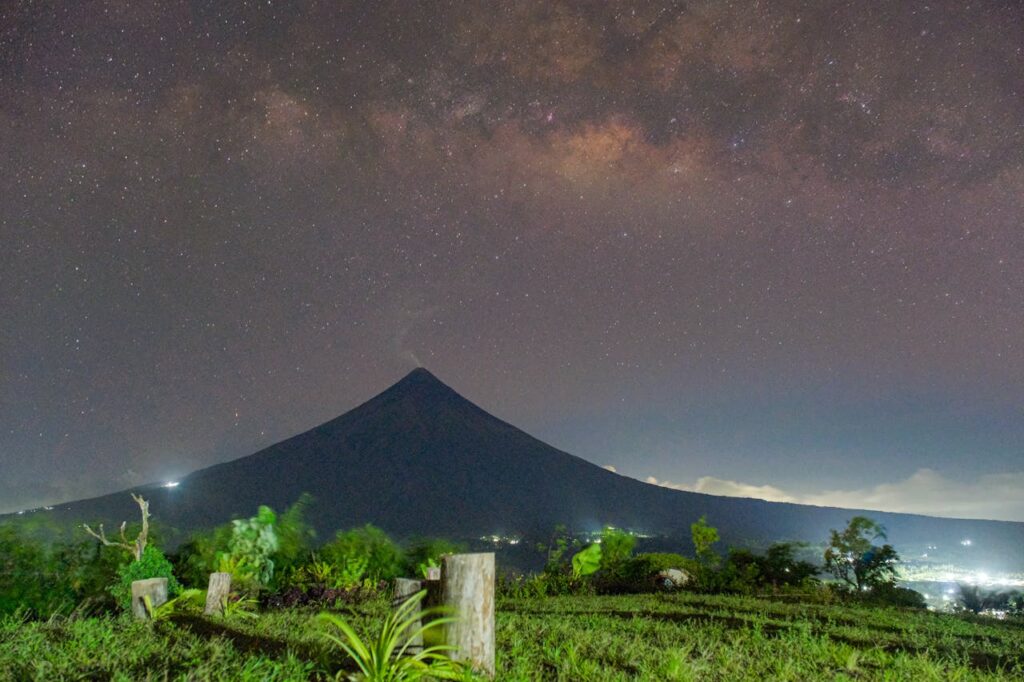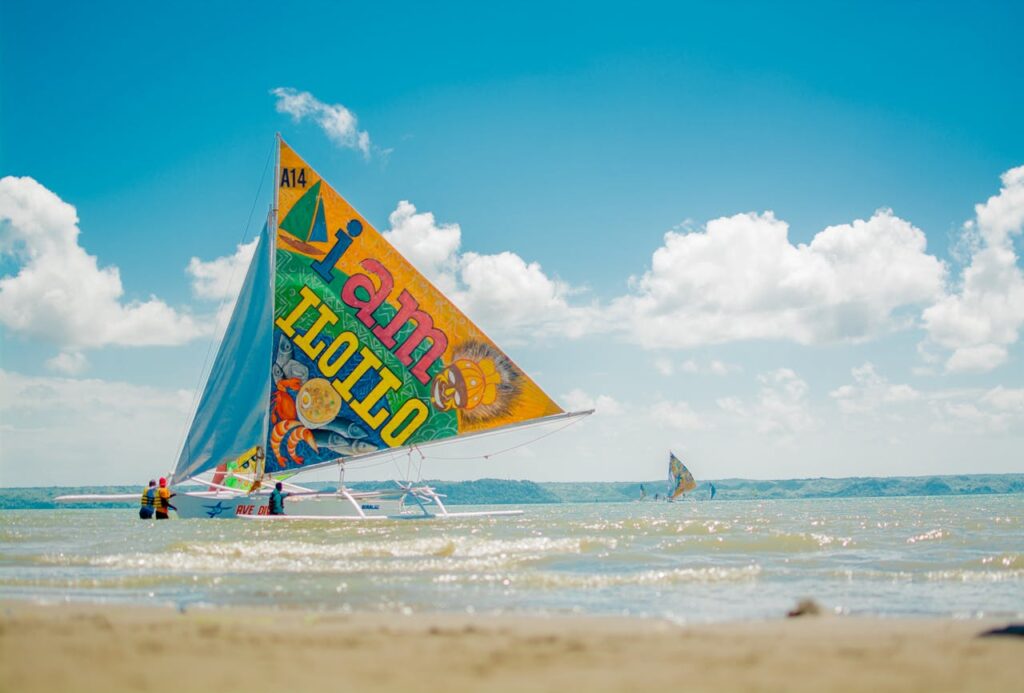The Philippines, a country in Southeast Asia comprising 7,000+ islands, offers a dynamic mix of business opportunities, a rich history, and breathtaking landscapes. But when planning a visit — especially for business leaders exploring outsourcing — timing is everything.
So, when is the worst time to visit the Philippines? The answer depends on what you’re looking for and where you’re going. The Philippines has different weather patterns and seasons depending on location and topography. Some areas are more prone to typhoons, rainstorms, and humidity than others. Some months are busier, expensive, and festive than others. Here are some factors to consider when planning your trip to the Philippines.

Understanding the Climate of the Philippines: Why Timing Matters
For businesses considering outsourcing to the Philippines, knowing the country’s climate isn’t just about packing the right clothes — it’s about minimizing travel disruptions and ensuring business continuity.
Like its neighboring countries in Southeast Asia, The Philippines has two main seasons:
-
- Dry Season (December–May)
- Rainy Season (June – November)
The dry season in the Philippines is generally the perfect time to visit, offering pleasant weather, clear skies, and calm seas. However, it is divided into two distinct phases:
The Dry Season
Cool Dry Season (December–February): Comfortable but Crowded
-
- Temperatures range from 23°C to 26°C (73°F to 79°F), making this period ideal for sightseeing and outdoor activities. It gets even cooler in the highlands where temperatures can reach the low teens.
-
- The Christmas and New Year holidays bring a surge in local and international tourists, leading to crowded attractions and higher prices.
-
- January and February remain popular for travel, with cooler temperatures and vibrant festivals like the Sinulog and Ati-Atihan adding to the buzz.
-
- Expect limited availability for flights, hotels, and tours to popular destinations during what is considered a peak travel season.
Hot Dry Season (March-May): Scorching Temperatures and Peak Demand
-
- As the hottest and driest months of the year, temperatures can soar above 35°C (95°F), with intense humidity making midday sightseeing uncomfortable.
-
- March and April, especially during the Holy Week, see another travel boom as locals take advantage of the school break.
-
- Beach destinations and tourist spots get crowded and expensive, with accommodation and transportation costs surging due to demand.
-
- If visiting during this time, it’s best to stay hydrated, wear sunscreen, and plan activities early in the morning or late afternoon to avoid extreme heat.
The dry season is usually the best time to visit the Philippines, especially if you want to enjoy the beaches by island hopping and doing outdoor activities, such as trying out water sports and exploring the country’s marine biodiversity. However, the dry season also coincides with the peak tourist season in the Philippines, especially during December and January, when many travelers go around the country during the Christmas holidays. Because of this, you’ll encounter more crowds, higher prices, and limited availability for flights, hotels, and tours.
The summer months of March to May are also busy, as many Filipinos take advantage of the school break and the hot weather to travel. These months can be very crowded and expensive, as accommodation, transportation, and tour prices tend to increase due to high demand.
While the dry season offers the best weather, business travelers should plan ahead to avoid peak crowding, higher costs, and potential travel disruptions.
The Rainy Season
Rainy Season (June–November) – Heavy Rains, Typhoons, and Travel Risks
-
- Frequent typhoons bring heavy rains, strong winds, and floods, leading to travel delays and safety concerns. As a result, power outages and poor connectivity are common in affected areas.
-
- Many flights, ferry trips, and tours get canceled due to rough weather conditions.
-
- Hotels and flights are cheaper, making it a budget-friendly time to visit.
The rainy or wet season is when most typhoons hit the Philippines, bringing strong winds, heavy rains, floods, and landslides.
Typhoons can cause power outages, travel disruptions, and closures of tourist attractions. Travelers often avoid the season due to these safety risks.
The rainy months of July through October may be the worst time to visit the Philippines. This is because this period is considered the peak of the typhoon season, which can bring environmental hazards that can disrupt travel plans and damage infrastructure.
The advantage of visiting during the off-peak months is that it is generally less crowded and cheaper, as many tourists opt for other destinations with better weather. This means encountering smaller crowds, lower prices, and more availability for flights, hotels, and tours. You’ll also have a chance to see some of the natural attractions in their lush and green state, such as the country’s rice terraces and forests.

Dry Season vs. Rainy Season: Business Impact
Weather patterns in the Philippines significantly affect tourism, agriculture, and overall business operations. The dry season (December–May) brings peak travel demand, while the rainy season (June–November) poses logistical challenges due to heavy rainfall and typhoons.
For businesses, understanding these seasonal shifts is essential for planning operations, managing costs, and maximizing revenue. Whether you’re in tourism, customer service, or supply chain management, knowing when demand surges — and when disruptions are likely — can give you a competitive edge.
Dry Season (December to May): Peak Demand, Peak Prices
-
- While the weather is ideal, expect higher costs and crowded conditions.
-
- December and January see a tourism surge, making flights and accommodations harder to book.
-
- April to May is the local summer break, further intensifying travel demand.
-
- For business travelers: Increased expenses, longer wait times, and limited availability.
Rainy Season (June–November): Typhoon Risks, Operational Challenges
-
- Typhoon season peaks in September, bringing flight cancellations, flooding, and power outages.
-
- Travel disruptions are common, with impassable roads and grounded flights.
-
- The Philippine Atmospheric, Geophysical, and Astronomical Services Administration’s (PAGASA) data shows a rising trend in typhoon intensity, highlighting increased risk.
-
- The advantage? Fewer tourists, lower travel costs, and more availability.
Holy Week Considerations (March or April): Mass Travel Surge
-
- A significant local holiday, the Holy Week results in congested airports, packed hotels, and limited availability.
-
- Many businesses temporarily close or operate on reduced hours.
The Philippines’ distinct dry and rainy seasons create both opportunities and challenges for businesses. The cool dry months (December–February) attract international tourists, while the hot dry months (March-May) drive strong local travel demand. The rainy season, on the other hand, requires contingency planning to mitigate risks from typhoons and flooding.
By anticipating seasonal shifts, businesses can adjust pricing, inventory, staffing, and marketing strategies to stay ahead of the curve. Those who plan wisely can turn weather-driven fluctuations into a strategic advantage rather than a setback.
Regional Variations: Weather Risks by Location
The Philippines is a large and diverse country and depending on where they are in the archipelago, some places have a more even distribution of rainfall and some are more exposed to typhoons, while others are more sheltered or protected by mountain ranges.
Here are some examples of how different regions in the Philippines have different weather patterns: Understanding regional differences can help you make the best and most strategic offshoring plans.
Luzon: The Typhoon Hotspot
-
- Manila and nearby areas (Bulacan, Pampanga, Laguna) follow distinct dry and wet seasons, with heavy rainfall from June to September.
-
- The Cordillera Administrative Region has cooler weather but faces landslide risks during storms.
-
- The Cagayan Valley and Bicol regions face the highest typhoon risk, as they are directly exposed to the Pacific Ocean, where most typhoons form and make landfall.

Visayas: Milder Climate, But Still Varied
-
- Western Visayas (Boracay, Iloilo, Antique) have more predictable dry and wet seasons.
-
- Eastern Visayas (Samar, Biliran, Leyte), like the other regions on the eastern shoreline of the Philippines, experience frequent rainfall due to its location that faces the Pacific Ocean.
-
- Climate data suggests Visayas — except for its Eastern portion — generally offers a more stable environment for business travel.
Mindanao: Fewer Typhoons, Other Considerations
-
- Less typhoon-prone, offering a more stable business climate.
-
- However, Mindanao occasionally experiences earthquakes as the Philippines is also part of the Pacific Ring of Fire.
-
- Big cities in the region like Davao are ideal for uninterrupted business operations and talent acquisition but still require contingency planning.
Palawan: Unique Microclimates
-
- North Palawan (El Nido, Coron) follows a weather pattern like Luzon.
-
- Mid and South Palawan (Puerto Princesa, Balabac) see an earlier wet season.
-
- Key takeaway? If planning a multi-location visit, weather conditions can vary significantly.
Business Continuity: Planning for the Worst
For businesses outsourcing to the Philippines, weather-related risks go beyond travel—it’s about ensuring operational stability.
Typhoon Preparedness
-
- Establish contingency plans for disruptions.
-
- Ensure remote work capabilities and backup power systems.
-
- Example: Connext Global Solutions provides 24/7 IT infrastructure support, virtual desktop solutions, and secure cloud-based operations to maintain seamless service.
Flexible Scheduling
-
- Plan trips outside peak typhoon season when possible.
-
- Allow for buffer time to accommodate delays.
Communication is Key
-
- Stay connected with local teams and partners.
-
- Use real-time weather updates and coordination tools.

Weather-related risks are inevitable, but they don’t have to disrupt business. With strong contingency plans, flexible scheduling, and clear communication, companies can safeguard operations and ensure resilience.
By planning ahead and leveraging technology, businesses thinking of offshoring to the Philippines can maintain efficiency and service reliability, no matter the season.
Frequently asked questions
1. What is the best month to visit the Philippines?
The best months to visit are typically from December to April when the weather is drier, ideal for beach activities and sightseeing.
2. Are typhoons a common occurrence in the Philippines?
Yes, the Philippines is situated in the Pacific typhoon belt, and typhoons can occur at any time during the rainy season, but the peak months are from July to October.
3. Is it safe to travel to the Philippines during the rainy season?
While many areas are still safe to visit during the rainy season, travelers should remain vigilant and monitor local weather reports to avoid natural hazards.
4. How can I check for typhoon updates before my trip?
The Philippine Atmospheric, Geophysical and Astronomical Services Administration (PAGASA) provides real-time updates on weather conditions and typhoons. Various travel apps and news websites also offer forecast insights.
5. What are some alternative travel options if I visit during the worst times?
Consider exploring off-the-beaten-path destinations, and indoor attractions, or planning a trip focused on culinary experiences or cultural immersion, which can be enjoyable regardless of the season.
6. Are flight prices higher during the peak season?
A: Yes, flight prices generally increase during the peak holiday season due to high demand. It’s advisable to book in advance and look for deals during the off-peak times.
Conclusion
The worst time to visit the Philippines depends on your business goals.
If avoiding travel disruptions and peak costs is your priority:
- Avoid peak typhoon season (July–October).
- Be mindful of Holy Week (March/April) and the Christmas rush (December/January).
For businesses outsourcing in the Philippines:
✔ Have a robust business continuity plan.
✔ Stay informed about weather patterns and forecasts.
✔ Work with a reliable partner like Connext Global Solutions.
By planning strategically, you can make the most of your visit and ensure seamless business operations in the Philippines.
Want to learn more about outsourcing to the Philippines? Contact Connext Global Solutions today.


![When is the worst time to visit the Philippines? [2025]](https://connextglobal.com/wp-content/uploads/2023/12/When-is-the-worst-time-to-visit-the-Philippines-2025.jpeg)






